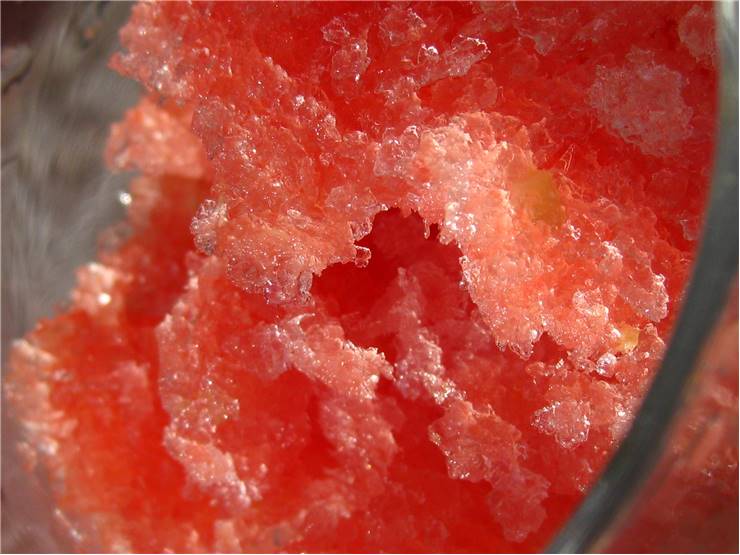History of Sorbet
As one of the earliest frozen desserts, Sorbet represents one of the most important ice cream types in their long and varied history. Initially closely connected with the availability of ice and expensive storage technologies, sorbet slowly became one of the most popular frozen deserts of the Renaissance Europe and after that entire world. Created in the 1st century BC by Romans and Persian inventors, this summertime treat traveled slowly through centuries retaining its recipe and name that to this day attracts millions of people.
Sorbet is a frozen desert that is made from sweetened water flavored by fruit, wine or liquor, frozen into ice and the scraped so that small ice shards can be shaped into many shapes (usually simple scoops). Because of the potential presence of alcohol, sorbet can be frozen at lower temperatures, enabling it to have softer texture without any air present in its structure.

History of sorbet starts with legendary Roman Emperor Nero, who during his life established complicated and expensive line of runners between Italian cities and high mountains. With their efforts, Roman nobility and royalty had access to snow during all seasons of the year, solidifying ice cream as very expensive, exclusive and fashionable meal. ON the other side of the word in Asia, Chinese inventors also experimented with ice based treats which were eaten regular by their emperors.
After the fall of Roman Empire sorbet and milk based ice creams could be found in Europe only in Italy, whose trade connections with Asia and Middle East brought it many wonders that were unheard off in the rest of their continent. Isolation of Ice cream in Italy came to the end after Catherine de' Medici married Duke of Orleans (future King Henry II of France) in 1533. After that point, ice creams of all types started spreading across Europe, finally starting being sold on the streets of Paris in 17th century.
For several centuries after that sorbet and other ice creams remained expensive because the difficulties with maintaining constant supply of ice. This problem finally came to the end only in 1920s and 1930s when modern refrigeration techniques enabled ice cream makers to start organized and massive industrial production of this summertime treat. From that point on, sorbet and other ice creams became much more popular, cheap, varied and available to everyone.
Today, sorbet is usually sold in restaurants as a desert, and as an ice cream alternative for people who are lactose intolerant.
